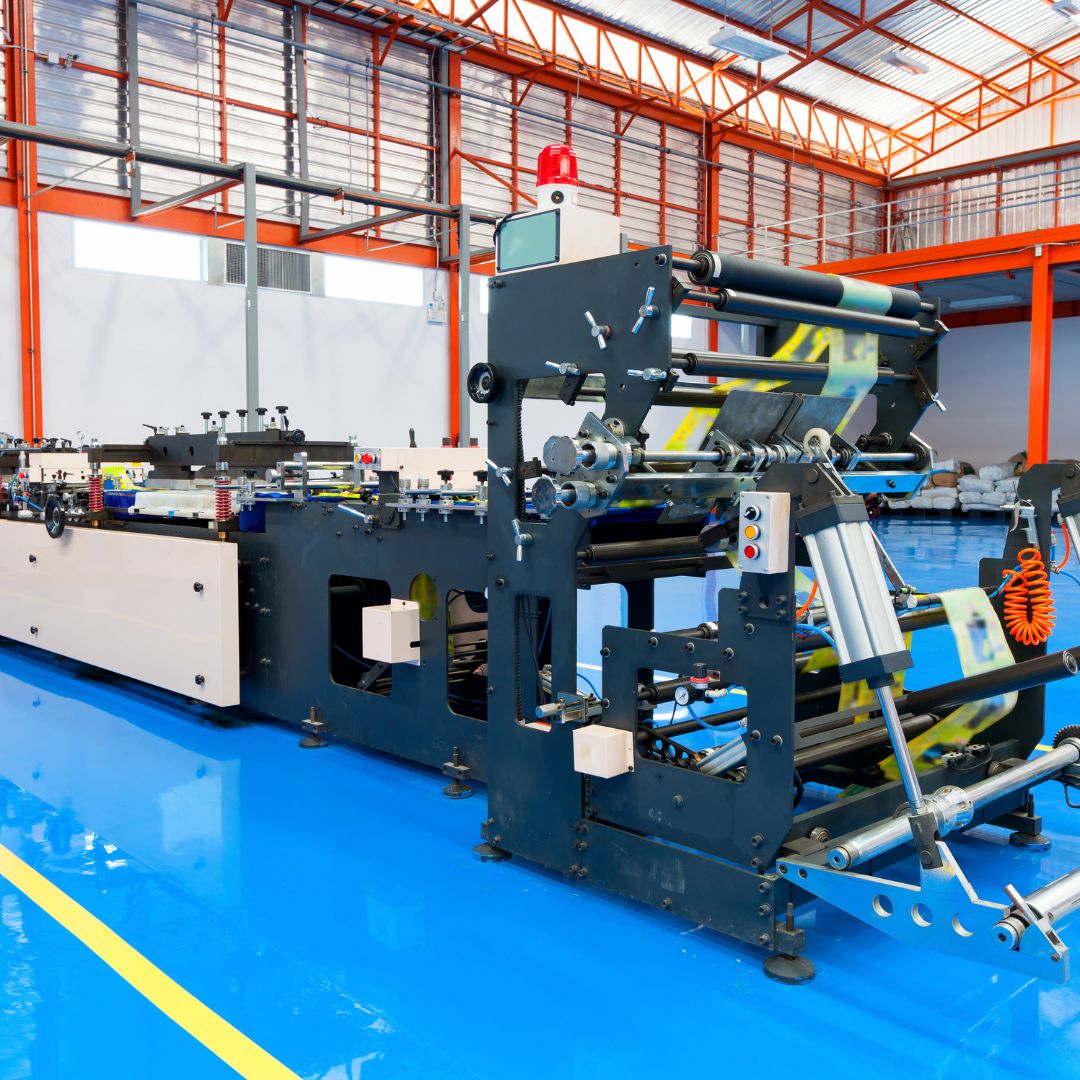On This Page
Understanding Vibration Isolation: What Is a Vibration Isolation Mount?
Defining Vibration Isolation
Vibration isolation refers to the process of minimizing the transmission of vibrational energy between a vibrating source and its surroundings. This can be achieved through various methods, including the use of vibration isolation mounts. These mounts are designed to absorb and dissipate vibrations, ensuring that sensitive equipment remains operational and unaffected by external disturbances.What Is a Vibration Isolation Mount?
A vibration isolation mount is a mechanical device that supports equipment and machinery while simultaneously dampening vibrations. Typically made from materials such as rubber, neoprene, or other elastomers, these mounts are engineered to absorb shocks and vibrations, providing a stable base for equipment. By isolating vibrations, these mounts protect both the equipment and its surroundings, enhancing overall operational efficiency.Types of Vibration Isolators
There are several types of vibration isolators available, each designed for specific applications:- Rubber Mounts: Commonly used for general machinery and automotive applications due to their excellent shock absorption properties.
- Spring Mounts: Ideal for heavier machinery, these mounts use springs to absorb vibrations and maintain stability.
- Air Mounts: Utilizing air pressure to provide isolation, these mounts are often used in sensitive applications where precision is critical.
- Viscoelastic Mounts: These mounts combine elasticity and damping properties, making them suitable for a wide range of applications.
Key Benefits of Using Vibration Isolation Mounts in Engineering Applications
Enhanced Equipment Longevity
One of the primary benefits of using vibration isolation mounts is the enhanced longevity of equipment. By minimizing the transmission of vibrations, these mounts reduce wear and tear on machinery. This means that equipment can function effectively for longer periods, resulting in lower maintenance costs and reduced downtime.Improved Performance and Accuracy
In many engineering applications, vibrations can lead to inaccuracies in operation. By employing vibration isolators, engineers can ensure that machinery operates within specified tolerances. This leads to improved performance, especially in precision applications such as robotics, CNC machining, and medical equipment.Increased Safety
Vibration isolation mounts also play a critical role in enhancing workplace safety. Excessive vibrations can pose risks to operators and can lead to equipment failure. By effectively isolating vibrations, these mounts help to create a safer working environment, reducing the likelihood of accidents caused by equipment malfunctions.Noise Reduction
In addition to vibration control, these mounts can also help in reducing noise levels in industrial settings. By dampening vibrations, they minimize the noise generated by machinery, contributing to a quieter and more pleasant working environment. This is particularly important in sectors such as healthcare and hospitality, where noise reduction is crucial.Top Industries Utilizing Isolators Vibration Mounts Today
Manufacturing Industry
The manufacturing industry is one of the largest users of vibration isolation mounts. Machinery such as conveyors, robotic arms, and CNC machines often generates significant vibrations that can affect performance and accuracy. By implementing isolator vibration, manufacturers can enhance operational efficiency and extend the lifespan of their equipment.Aerospace and Defense
In the aerospace and defense sectors, precision and reliability are paramount. Vibration isolation mounts are used extensively to protect sensitive instruments and equipment from vibrations during testing and operation. These mounts ensure that critical systems function correctly, even in the presence of external disturbances.Automotive Industry
The automotive industry also benefits from vibration isolators. These mounts are used in various applications, including engine mounts, suspension systems, and chassis components. By isolating vibrations, automotive manufacturers can improve ride quality, enhance passenger comfort, and increase the durability of vehicle components.Telecommunications
In telecommunications, vibration isolation mounts are essential for protecting sensitive equipment such as antennas and communication devices from external vibrations. By ensuring that these devices remain stable and undisturbed, companies can maintain signal integrity and improve overall performance.Construction and Civil Engineering
In construction, vibration isolation mounts are utilized to protect structures from vibrations caused by heavy machinery or seismic activity. These mounts help to ensure that buildings and infrastructure remain stable and safe during construction activities, reducing the risk of damage.How to Choose the Right Vibration Isolation Mount for Your Project
Assessing Project Requirements
When selecting a vibration isolation mount, it is essential to begin by assessing your project requirements. Consider the following factors:- Load Capacity: Determine the weight of the equipment that will be mounted. Choose a vibration isolator that can handle the load without compromising performance.
- Type of Vibration: Identify whether the vibrations are continuous or intermittent, and whether they are low or high frequency. Different mounts are designed to handle different types of vibrations.
- Environmental Conditions: Consider the operating environment, including temperature, humidity, and exposure to chemicals. Ensure that the selected mount material is compatible with these conditions.
Material Selection
The choice of material for vibration isolation mounts is crucial in determining their effectiveness. Common materials include:- Rubber: Offers good damping properties and is suitable for general applications.
- Neoprene: Provides excellent resistance to oils and chemicals, making it ideal for industrial environments.
- Metal Springs: Suitable for heavy machinery, providing high load capacity and durability.
Mount Design
The design of the mount is also an essential consideration. Factors to evaluate include:- Shape and Size: Ensure the mount fits the available space and accommodates the equipment dimensions.
- Mounting Configuration: Consider whether the mount will be installed in a vertical or horizontal orientation, as this can influence performance.

